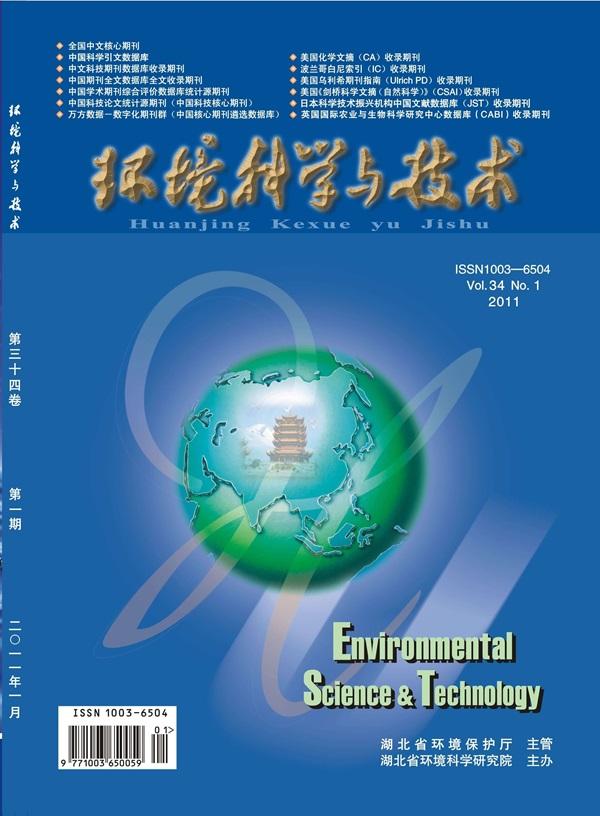Occurrence, Characteristics, and Mixed Reproductive Exposure Risk Assessment of Traditional Phthalates and Their Novel Alternatives in Campus Indoor Dust
IF 10.8
1区 环境科学与生态学
Q1 ENGINEERING, ENVIRONMENTAL
引用次数: 0
Abstract
Phthalates (PAEs) constitute the primary components of indoor dust pollutants and significantly impact human reproductive health. However, research on novel alternatives to PAEs and the risk assessment of mixed exposure has remained relatively sparse. In this study, 193 indoor dust samples were collected in 2022 from various campus locations, including classrooms, canteens, dormitories, offices, and laboratories. Forty-four traditional PAEs and their alternatives were identified, with concentrations ranging from 0.44 to 91.5 μg/g. Di(2-ethylhexyl) phthalate (DEHP) and dioctyl terephthalate (DEHTH) were the predominant compounds, with mean concentrations of 86.3 and 59.2 μg/g, respectively. The ingestion pathway was the principal route of exposure, with dormitories identified as the primary exposure sites. The mixed reproductive toxicity equivalent factor (TEFmix) of PAEs and their alternatives was developed using a quantitative structure–activity relationship (QSAR) model in conjunction with machine learning algorithms. The TEFmix was found to be lower than the sum of individual PAEs, potentially due to the antagonistic effects of PAE monomers on reproductive health. Under high-exposure scenarios, the TEFmix of PAEs in canteen dust was determined to be 0.245, surpassing values observed in other environments. Females exhibited a higher risk, with dormitories presenting a greater exposure risk than those in other indoor locations. This study provided essential data to inform regulatory measures aimed at mitigating the impact of PAEs and their alternatives in indoor dust on human reproductive health.

求助全文
约1分钟内获得全文
求助全文
来源期刊

环境科学与技术
环境科学-工程:环境
CiteScore
17.50
自引率
9.60%
发文量
12359
审稿时长
2.8 months
期刊介绍:
Environmental Science & Technology (ES&T) is a co-sponsored academic and technical magazine by the Hubei Provincial Environmental Protection Bureau and the Hubei Provincial Academy of Environmental Sciences.
Environmental Science & Technology (ES&T) holds the status of Chinese core journals, scientific papers source journals of China, Chinese Science Citation Database source journals, and Chinese Academic Journal Comprehensive Evaluation Database source journals. This publication focuses on the academic field of environmental protection, featuring articles related to environmental protection and technical advancements.
 求助内容:
求助内容: 应助结果提醒方式:
应助结果提醒方式:


